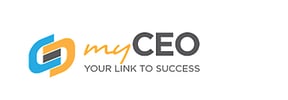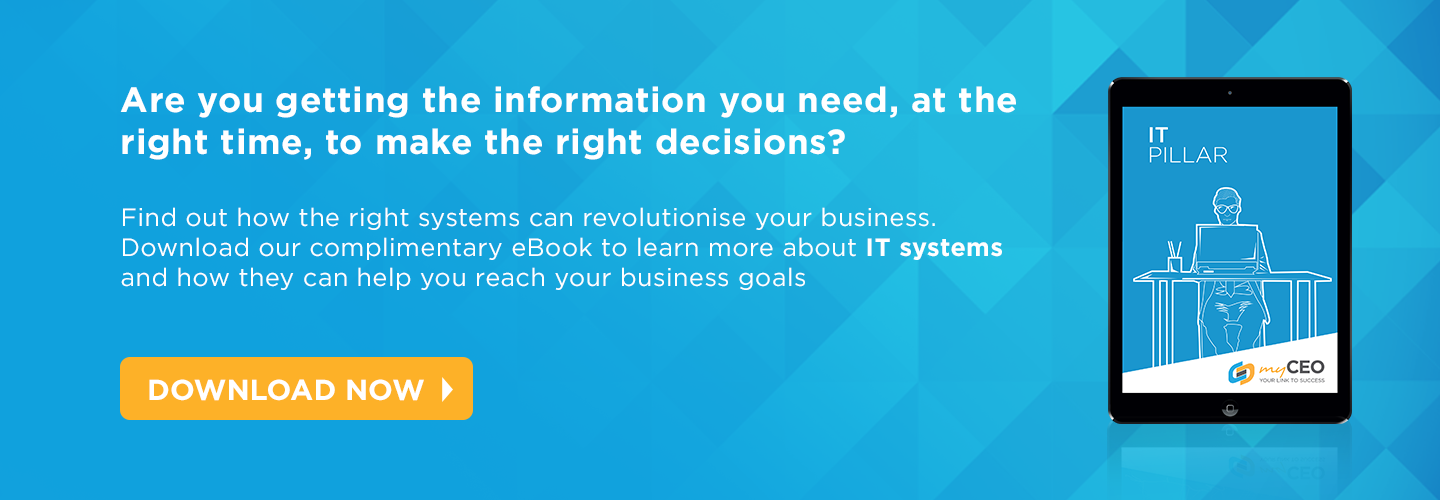 Advances in technology have offered businesses world wide a range of options in regards to sourcing and interpreting data, allowing many companies to collect large quantities of information about their specific markets. This development makes it imperative that all information is managed, processed, and used as efficiently as possible. With plenty of methods available, it comes down to picking a strategy that is focussed more on implementation rather than selection. This is where the DIKAR model becomes useful.
Advances in technology have offered businesses world wide a range of options in regards to sourcing and interpreting data, allowing many companies to collect large quantities of information about their specific markets. This development makes it imperative that all information is managed, processed, and used as efficiently as possible. With plenty of methods available, it comes down to picking a strategy that is focussed more on implementation rather than selection. This is where the DIKAR model becomes useful.
The DIKAR model (data, information, knowledge, action and result) model came as a solution to bridge the gaps between information becoming knowledge and knowledge translating into action. With DIKAR, it now becomes easier for businesses to know exactly what to do with their data.
The DIKAR model can be expounded as follows:
Data
Data is the very first thing that IT and tech often encounters. On a regular basis, plenty of data is held in storage centers within a business including survey questions, feedback and tracking. Data in this stage represents numbers: stored, qualitated, but not managed in a way that can make them easily processed.
Think of it as a jumble of receipts that you have yet to enter into your accounting logbook. While the information is there, you need to organise it. Sort them by date, by purchase, or even by amount spent.
Information
Information is what comes from data - once processed, data becomes a form that is easily understood. This is the next stage of DIKAR. Information gleaned from data becomes much more malleable to handle when it comes to aligning strategies for your business.
From the example above, information might be sorting all the receipts by date. By documenting entries into the logbook, you will notice that your purchases usually spike at a certain date of the month, or a time of the year.
Knowledge
Understanding information converts it into knowledge - something that managers must automatically be able to do in the DIKAR process. This level calls for a mastery of transitioning from what you hear to what you make out of it.
It’s looking at the logbook you’ve made and making connections between different information sets. What did you buy on the days that your expenses spiked? Could you buy them on other days? What other expenses are there? Knowing all of this information gives you a certain advantage when it comes to your next move.
Action
Action is then building on what you know in order to execute a sound decision. The best business decisions are the ones that are most informed, however actually doing it requires an inherent understanding of your processes and a strategy for execution.
This can take the form of deciding exactly how you will manage your finances with the information you have. Do you cut down on the most expensive items or find alternatives? How about spacing out your purchases so the flow of your funds has more stability?
Result
Finally, a meaningful result is the ultimate goal of the DIKAR model. Built upon a solid foundation of knowledge and an inherent understanding of the decisions made based on that, it’s expected that your end result will bring meaningful conclusions to the process.
In the example case, it may be that you choose to spread out your purchases to maintain a more even cash flow. That would mean that you have more money on hand to address unexpected expenses, as well as stabilising your finances to a level that you can work with easily.
The DIKAR model is a useful tool in any business that wants to efficiently manage their resources. Making sure that the information you have is useful and making sound decisions based on that is the cornerstone to your success. Aside from being a breakthrough in information management, the DIKAR model is a marriage of the two biggest assets any business can have: information and strategy.
Interested in learning more strategies like this? Consult one of our business experts at myCEO today to learn more about how we can help you apply them effectively within your business.

